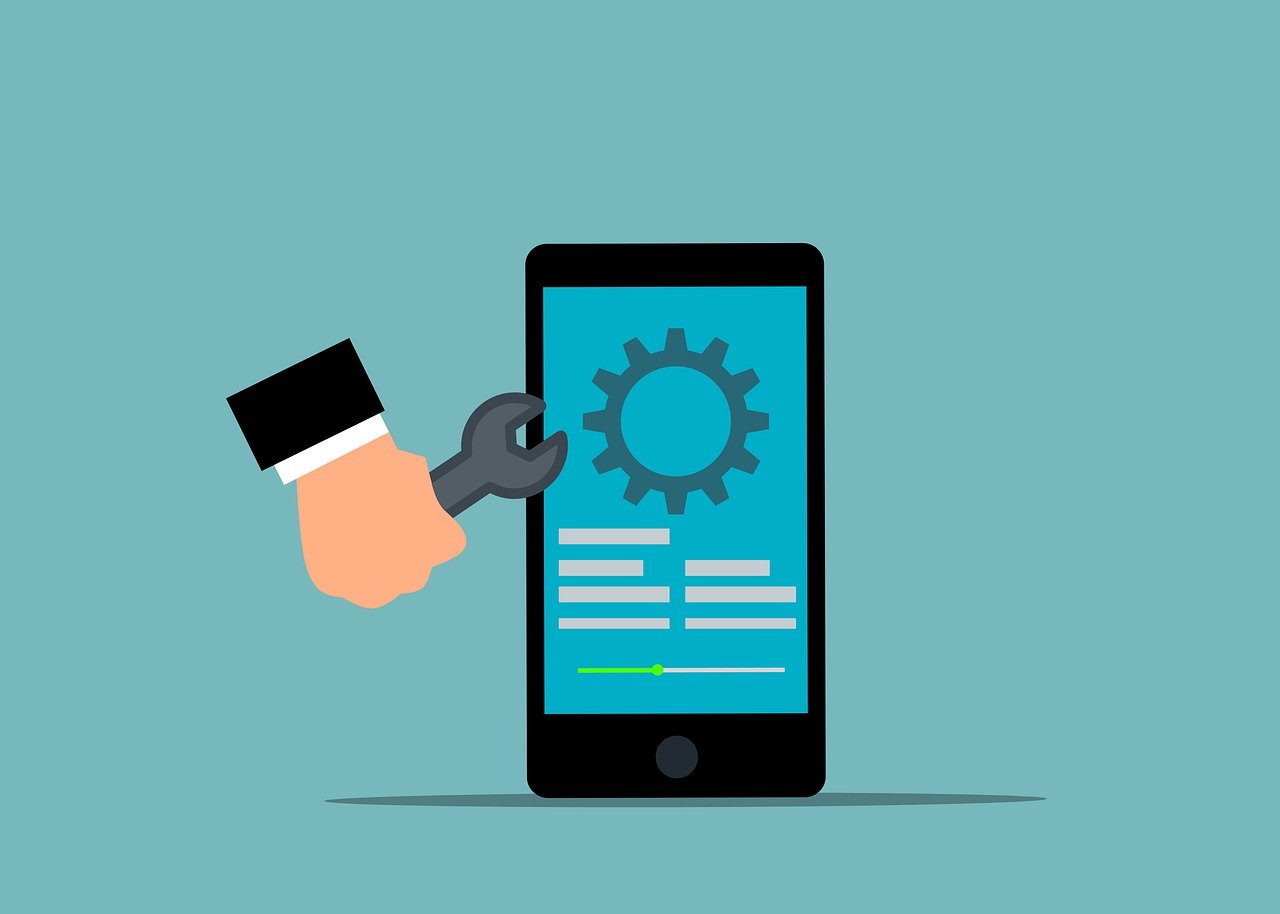What is a Mobile App Brief of Requirements?
It’s important to consider the ways you can transform your digital strategy and business processes. Developing a mobile app to enhance your business procedures or streamline processes and efficiencies is an ideal way to elevate your business and increase revenue. A mobile app can transform your customer experience offering by providing customers with a new and simpler way of reaching you. Here at Appoly, all of our client development projects start with a clear and concise brief that provides the team with a firm understanding of what type of app the client requires. If you’re debating whether to write or map out your features and requirements, we have created a step-by-step guide on how to create an informative mobile app development brief of requirements.
With all of our client projects, we aim to develop a collaborative working relationship reliant on consistent communication and an app brief of requirements is an important first part of the development process.

Whether you’re a startup business, an SME or a large corporation looking to simplify daily tasks for employees, it is essential that each and every project starts with an App Requirements Brief or a specification document. For app developers such as ourselves, there is nothing more frustrating than a brilliant idea that hasn’t been thought through logically. We understand that users seek fast digital solutions that fit into their daily lives, therefore it is important to consider all the features of your app and their functionalities before the development process begins. A clear App Brief makes the development process much smoother as it gives us a greater understanding of your requirements to ensure your app reaches its full potential once it is live in the app stores. This article outlines all the areas that must be thought through carefully when putting together your App Brief.
Focus on solving a single problem
The main purpose of building any digital solution is to overcome a problem to simplify and streamline processes for your users, whether these are business problems or consumer ones. The power of apps lies in their capability to connect people and share intelligent data, therefore it is important that you pinpoint what area of your business needs improving or whether collating and synthesising data is the best way to solve the problem your users are facing. For example, Ductclean approached Appoly to find a solution to their increasingly inefficient paper-based systems which were slow and outdated. We designed and developed a suite of mobile apps which digitised Ductlean’s paper-based systems with a user-friendly backend enabling admins to manage and schedule jobs for remote site workers. This has been a massive success by dramatically increasing the efficiency of the business and helping Ductclean secure new clients who were impressed with the transparency of the work. If you’re a corporate, SME or established business in need of digital transformation then perhaps this example will resonate with you as your business may benefit from streamlining internal processes with a digital solution.
However, if you’re a startup or your a business targeting consumers then you need to ensure that your product is solving a substantial issue and that this issue is best solved with a digital solution. For example, YoungPlanet approached Appoly to build a mobile app to address the inherent waste and product obsolescence in the UK by helping parents with the movement of unwanted children’s clutter via a mobile app.
Research your target market
With competition tougher than ever before, it is key that you define your target market from the outset. The more you know about your potential users, the more effectively our developers can tailor your app to their needs. This requires serious research on demographics. Make sure to know some of the defining criteria within your market such as the location of your users, age range, gender, interests, occupation etc as the tone of your copy, branding, UX and UI will depend on these factors. Also, think about what your users do on a day to day basis. Are they professionals / students / singles? And what is it that this group of people are looking to gain from using your app? As experienced developers, we know that the look and feel of your app is just as important to users as the service it offers. Therefore this is a major part of your app brief that will play into the design and determine the language that is used for your app.

Define the core features for your MVP
Describing the core features is the most important part of your brief, as this will outline the basic functionalities of your app. Think through the whole user journey from start to finish. What screens will your app have and what are their specific functionalities? Where will your buttons be on the screen and where will they lead to? And how many screens are there altogether? Consider what will be the most efficient experience for your user, and make your choices based on this. If you can provide your developers with wireframes or visuals, this would be a huge help. If not, your UX/UI designer can help you with this in the design stage, but it is always useful to include it in your App Brief if possible. It may be useful to start prioritising your features based on the value that each feature will add to the overall product. We can help you define your essential features and clarify the less important features that can be rolled out at a later phase of development during the concept refinement stage of the discovery and design process.
Consider UX and UI
Having a design in mind is always beneficial so that your UX/UI designer has something to work with. You want to create the right look and feel for your app, so make sure to consider what will be most appealing to your target audience. If you’re a company, you may want to use your existing brand colours and font for consistency. However, if you’re a startup, this is a new and exciting stage that calls for a creative flare. Yet again, research is key; If your app is aimed at professionals, maybe dark colours and formal language is best? / If your app is aimed at students, maybe light colours with casual language is best? (One way of gaining inspiration and showing you developers what you want is looking at other similar apps you like the design of.
Do you have a fixed budget and timeline?
Having a realistic budget for your app is essential. Depending on how complex your app is, the price can vary drastically. Most app projects require a backend system to manage the data within the app, as well as a Native iOS and Android app build. In addition, when you consider the design work, testing, and project management, a typical app might have a team of 7-10 people working on its development at any given time. Bearing this in mind, it is understandable that app projects often cost an excess of £20,000. Furthermore, although it is possible to develop an app quickly, it is more important to get the user experience and the design right before any coding starts. This phase might take 4-6 weeks in itself. When you add the development and testing phases, we find that most app projects take 3-6 months to complete.
Social connections
Another part of your brief should include Social Connections. This means deciding whether or not you would like your users to have the opportunity to log in to your app using Facebook, Twitter, LinkedIn or other social media platforms. A major part of your app’s success depends on how easy it is to register, share and connect with others, so this is a popular option that is often forgotten in the App Brief!
Third-party integrations and API’s
If you are a company with an existing database, you may want to consider connecting this to your app. Here at Appoly, we are happy to work with your existing system to improve its functionality with an app. An API is typically defined as a set of Hypertext Transfer Protocol (HTTP) request messages, which is usually in an Extensible Markup Language (XML) or JavaScript Object Notation (JSON) format. Appoly has worked with 100’s of APIs from third-party providers to in-house IT departments. Our skilled developers can customise your API or create a new one from scratch, should you require this service. All our custom APIs are developed to industry standards, ensuring they are secure and stable. All APIs are hosted on a secure server, with an SSL certificate to ensure all data is encrypted as it travels from the app to the backend. All APIs have token-based authentication to ensure the highest level of security. Appoly has extensive experience in developing and working with REST (JSON) and SOAP API (XML).
If you have any questions regarding your brief or would like a sample template of Appoly’s App Requirements Brief please feel free to email me at georgia@appoly.co.uk.





